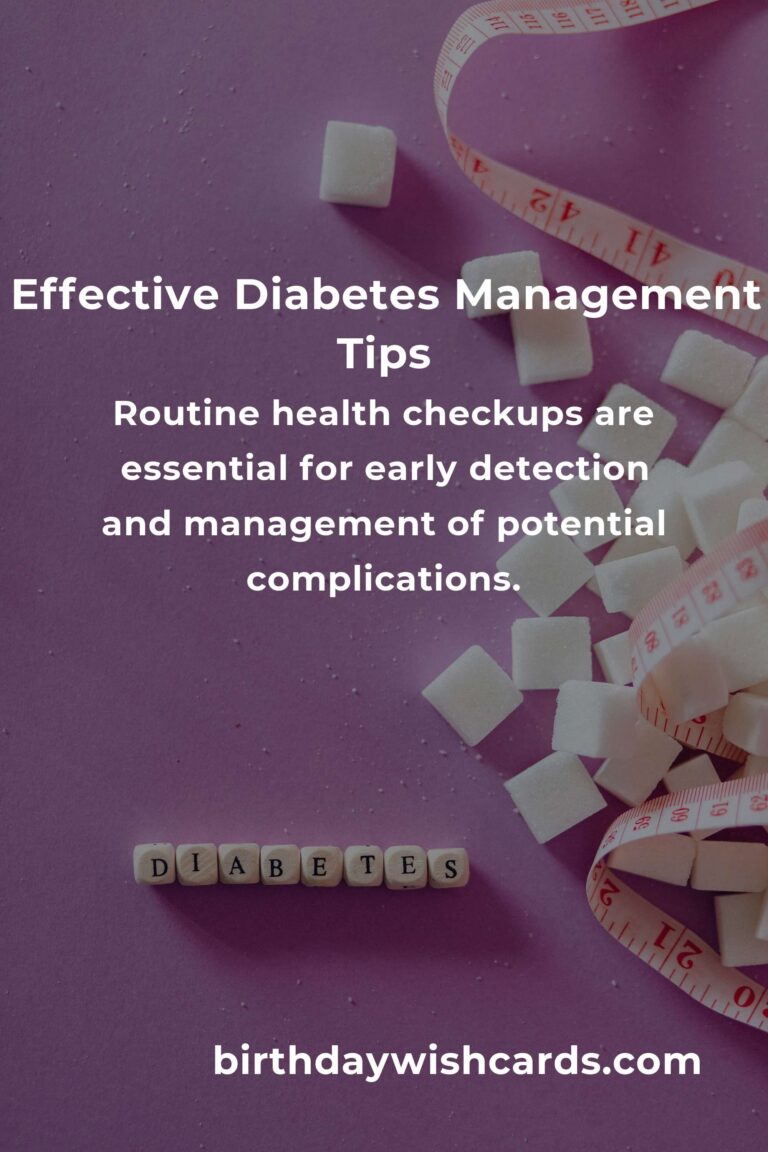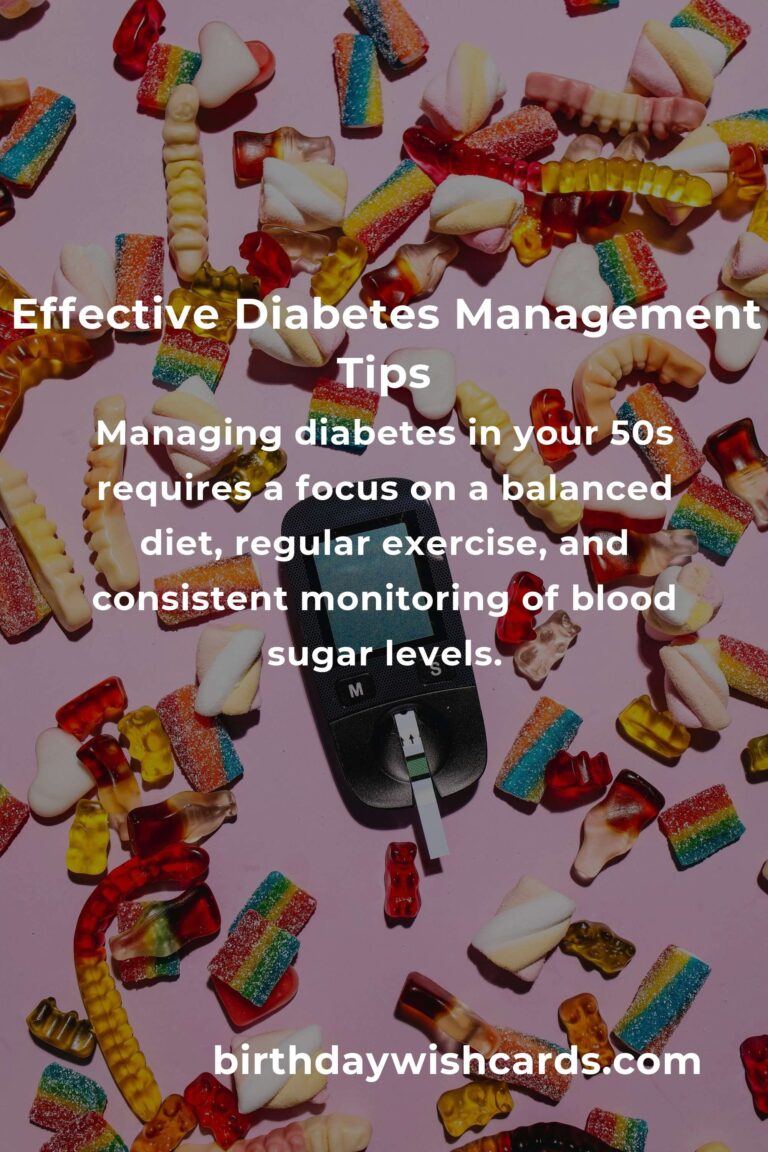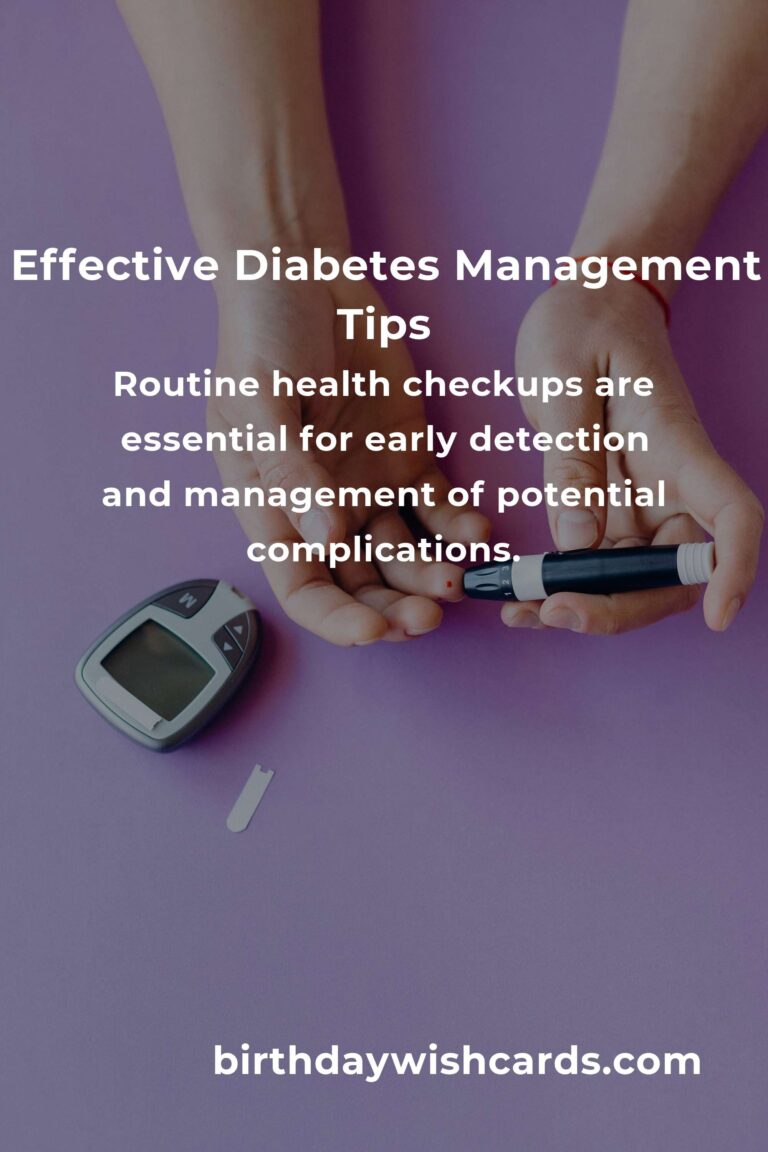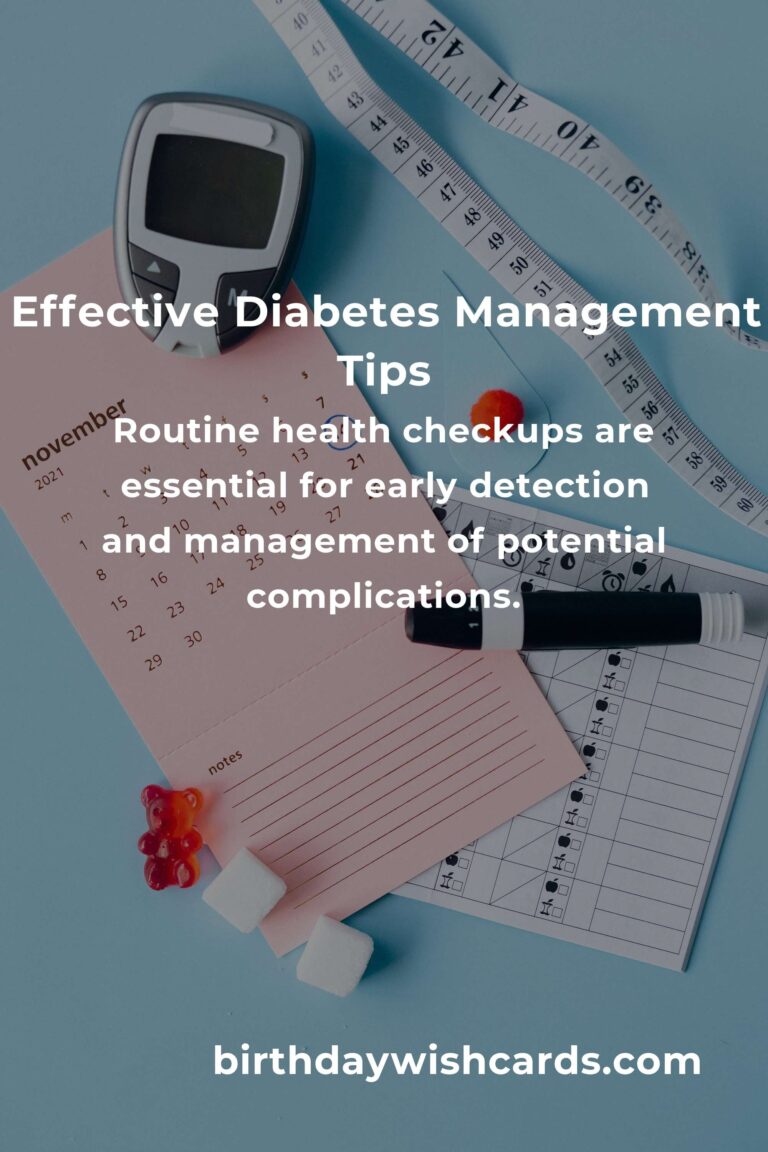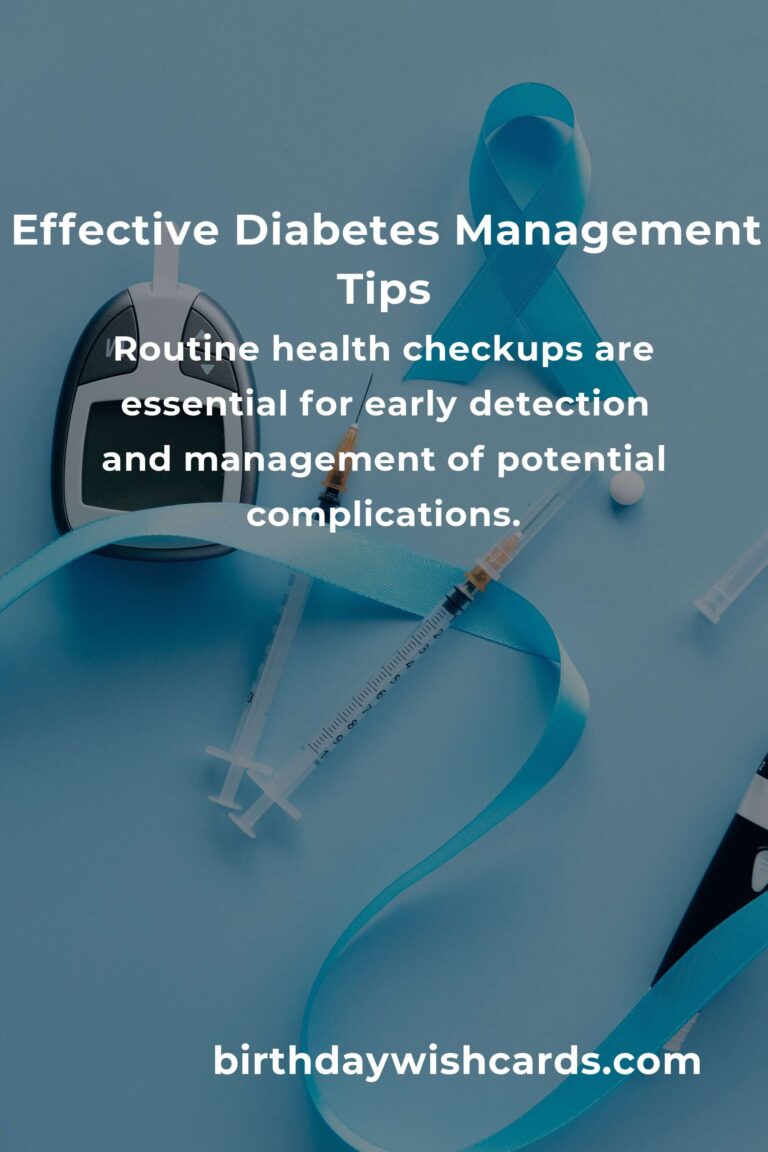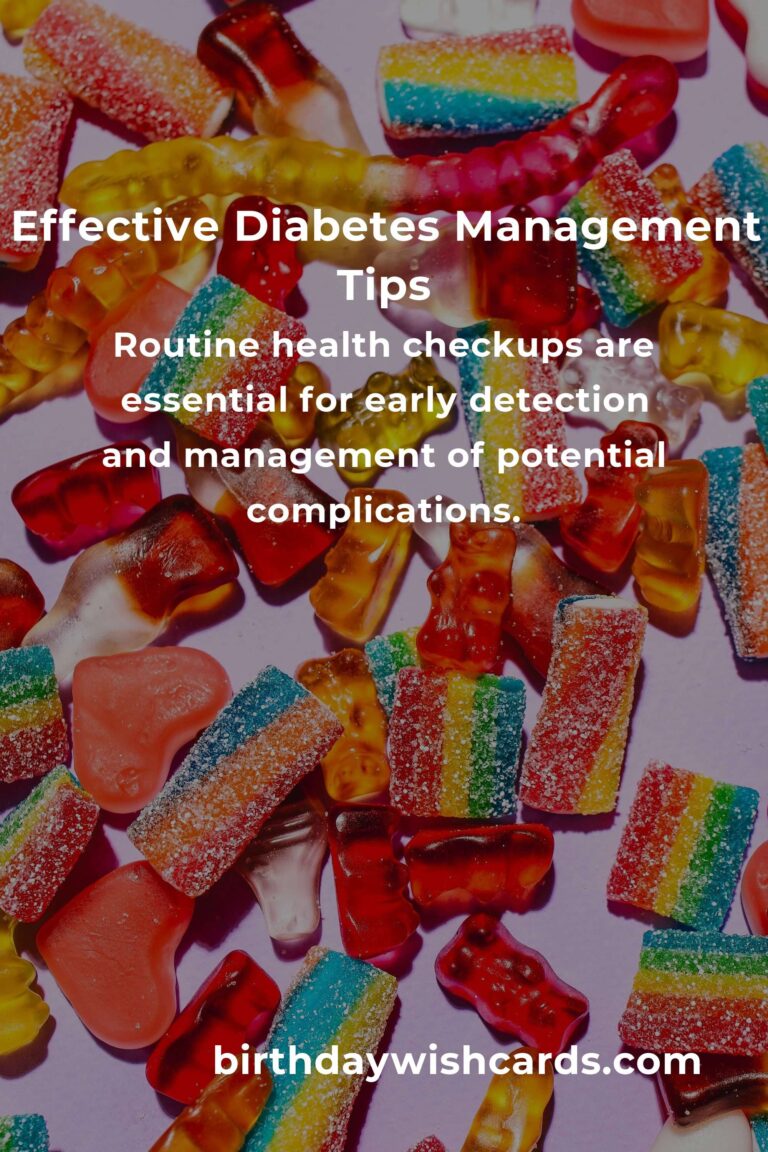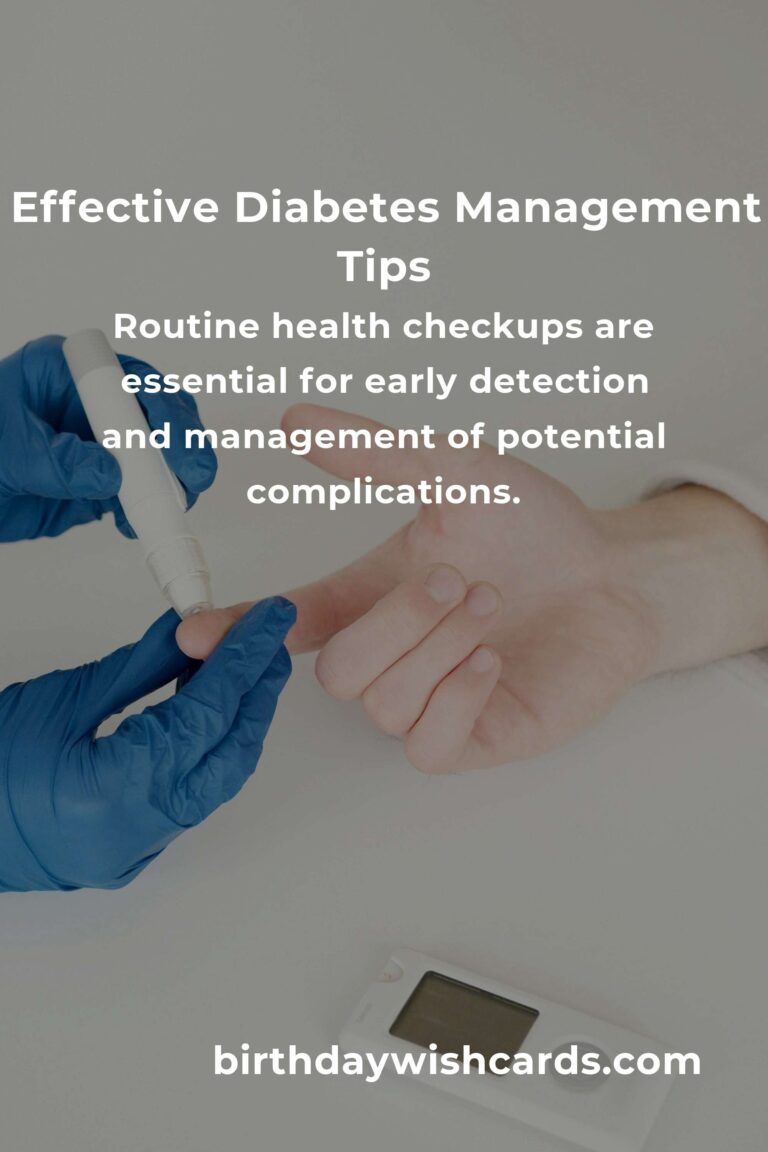
Managing diabetes effectively is crucial, especially as you approach your 50s. This life stage brings unique challenges and opportunities for those living with diabetes. By understanding these challenges and adopting the right strategies, you can maintain your health and enjoy a full, active life. Here are four essential tips to help you manage diabetes more effectively in your 50s.
1. Embrace a Balanced Diet
One of the most critical aspects of diabetes management is maintaining a balanced diet. As you enter your 50s, your body’s metabolism may slow down, making it essential to focus on nutrient-rich foods that support your overall health. Incorporate plenty of fruits, vegetables, whole grains, and lean proteins into your meals. Avoid processed foods and those high in sugar and saturated fats, as they can lead to blood sugar spikes and other health complications.
Consider working with a dietitian who can help tailor a meal plan to your specific needs. They can provide guidance on portion sizes and the best times to eat to maintain stable blood sugar levels throughout the day.
2. Stay Active with Regular Exercise
Physical activity is a cornerstone of effective diabetes management. As you age, it becomes increasingly important to stay active to help control your blood sugar levels and maintain a healthy weight. Aim for at least 150 minutes of moderate-intensity aerobic exercise per week, such as brisk walking, swimming, or cycling. Additionally, include strength training exercises at least twice a week to maintain muscle mass and improve insulin sensitivity.
Remember to choose activities that you enjoy, as this will increase the likelihood of sticking with your exercise routine. Always consult with your healthcare provider before starting any new exercise regimen, especially if you have any pre-existing health conditions.
3. Monitor Your Blood Sugar Levels
Regularly monitoring your blood sugar levels is vital for effective diabetes management. It helps you understand how different foods, activities, and stress levels affect your glucose readings. Use a glucose meter or continuous glucose monitor (CGM) to track your levels and identify patterns or trends. This information can help you make informed decisions about your diet, exercise, and medication.
Work with your healthcare team to determine your target blood sugar range and how often you should check your levels. They can also provide guidance on how to adjust your management plan based on your readings.
4. Prioritize Regular Health Checkups
Regular health checkups are crucial for managing diabetes effectively, especially as you age. Schedule routine visits with your healthcare provider to monitor your A1C levels, blood pressure, cholesterol, and kidney function. These checkups can help detect any potential complications early and allow for timely treatment.
In addition to medical checkups, consider seeing specialists such as an ophthalmologist for eye exams and a podiatrist for foot care. These specialists can help prevent and manage complications such as diabetic retinopathy and neuropathy.
By embracing these four essential tips, you can take control of your diabetes management in your 50s and beyond. Remember, managing diabetes is a lifelong journey, and it requires a proactive approach and regular adjustments to your lifestyle and healthcare routines.
Managing diabetes in your 50s requires a focus on a balanced diet, regular exercise, and consistent monitoring of blood sugar levels.
Embracing a nutrient-rich diet is crucial as metabolism tends to slow down with age.
Regular exercise helps maintain healthy weight and improve insulin sensitivity.
Routine health checkups are essential for early detection and management of potential complications.
#DiabetesManagement #HealthyLiving #Over50Health


